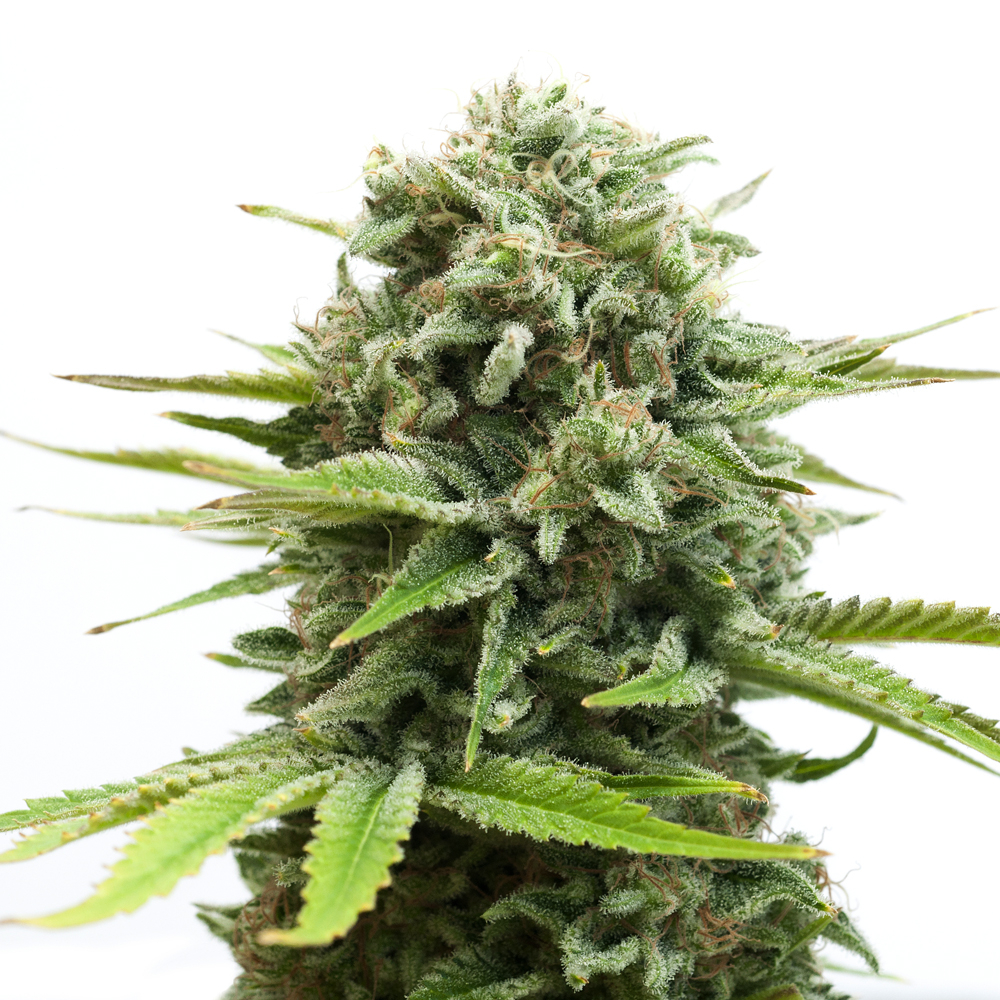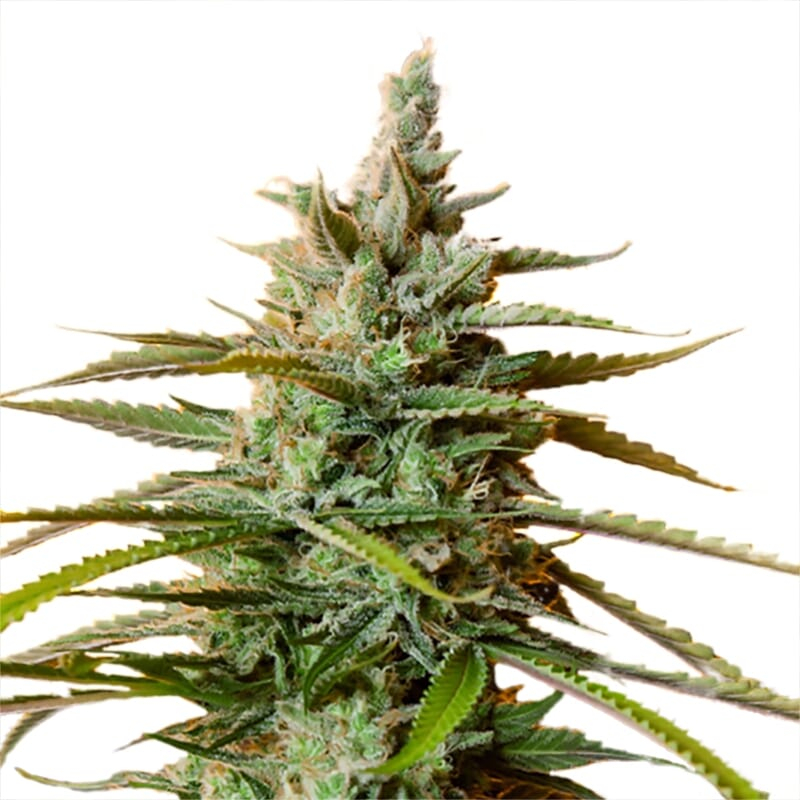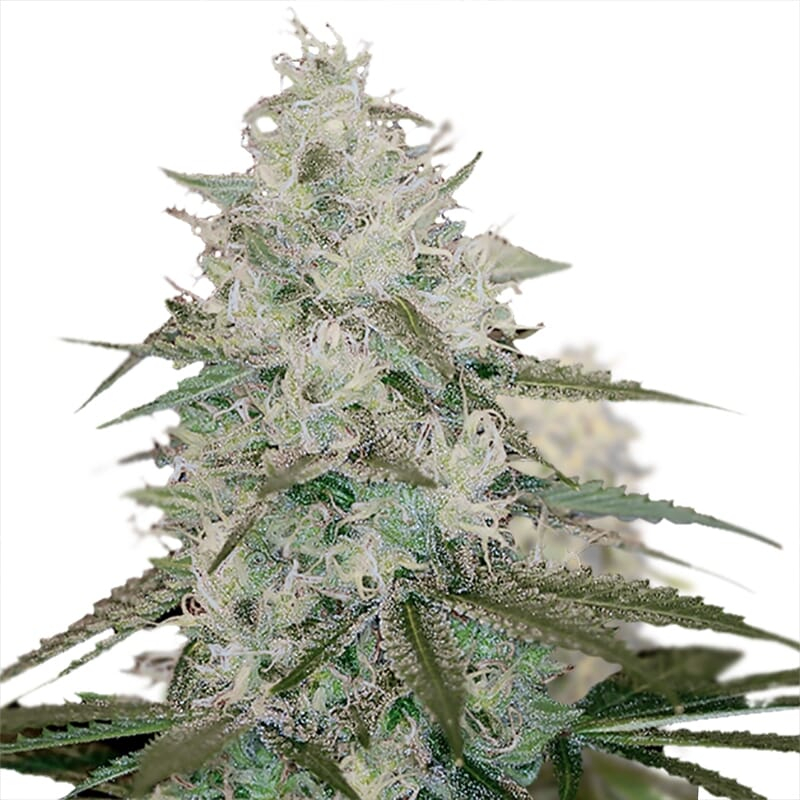Cannabis, also known as marijuana, has been the subject of interest, debate, and controversy for centuries. This versatile plant has played roles in medicine, religion, recreation, and industry. However, its complex history and diverse uses have led to a wide range of opinions and regulations worldwide. In this article, we will explore exactly what marijuana is, its chemical composition, its effects on the body and mind, as well as its medicinal and recreational applications.
What is marijuana?
Marijuana is an herbaceous plant belonging to the Cannabaceae family. The most common varieties of cannabis are Cannabis sativa, Cannabis indica, and cannabis-ruderalis. The plant produces chemical compounds known as cannabinoids, with the most famous being tetrahydrocannabinol (THC), responsible for the psychoactive effects of marijuana. Another important compound is cannabidiol (CBD), which does not produce psychoactive effects but has various medicinal effects.
The pot plant has been used by humans for millions of years due to its medicinal, industrial, and recreational characteristics. Some historical uses of the pot plant from millions of years ago included nutrition through its leaves and seeds, the use of its stems for making ropes, and its seeds for essential oil production. On the other hand, its most relevant use today is the production of psychoactive drugs, consumed by society for various purposes, whether medicinal, recreational, etc. “The psychoactive characteristics of marijuana are mostly attributable to the presence of delta-9-tetrahydrocannabinol (THC), which is the primary cannabinoid that alters consciousness.
In 2014, according to UN data, approximately 3% of the world’s adult population consumed marijuana during that year. UN estimates suggest that between 127 million and 233 million people may have consumed this substance, with an average of around 182 million consumers. Despite its illegal status in many places, marijuana use is widespread in certain countries. For example, in the United States in 2016, 51% of the population had consumed marijuana at some point in their lives, with 12% in the last year and 7.3% in the last month.
The use of marijuana has a long history dating back to the third millennium BCE. It was introduced to the New World by the Spanish in the 16th century. However, from the second half of the 20th century onwards, the use, possession, and sale of marijuana and products containing its psychoactive component, the cannabinoid, began to be considered illegal in most countries around the world. Since then, many countries have tightened their control over the distribution of this substance. Despite its illegality, medicinal marijuana has been authorized in some European countries, as well as in Paraguay, Ecuador, Canada, Australia, and several states in the United States.
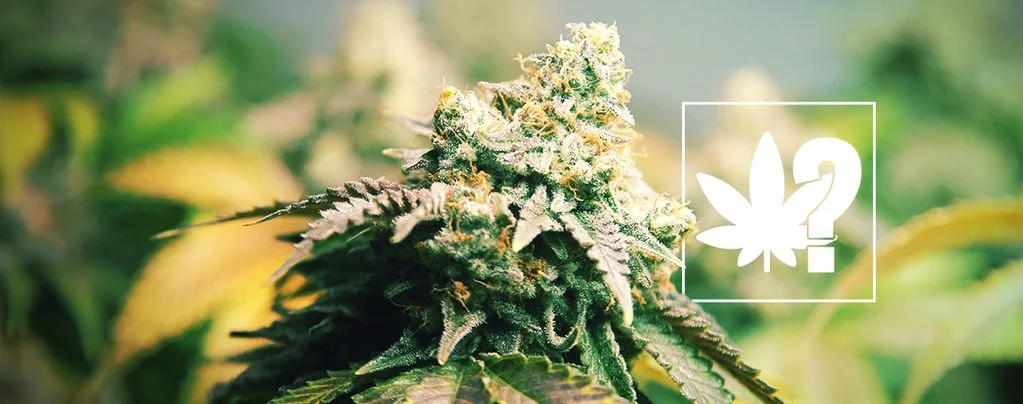
History of marijuana:
marijuana has its origins in Central and South Asia. Archaeological evidence suggests that inhaling weed smoke dates back to the third millennium BCE, as indicated by carbonized seeds found inside a ritual brazier discovered in an ancient cemetery in what is now Romania. In addition, there are records of cannabis being used by ancient Hindu and Sikh Nihang civilizations in India and Nepal for millennia. This herb was known as ganjika in Sanskrit and ganja in modern Indian languages. Marijuana has also been associated with soma, a substance mentioned in the ancient Indian Vedas.
The Assyrians were also familiar with marijuana and its psychoactive effects, using a substance called qunubu in religious ceremonies. The introduction of cannabis to Aryan society is attributed to the Scythians and the Thracians/Dacians, whose shamans, known as kapnobatai (meaning “those who walk on smoke/clouds”), burned flowers of the plant to induce trance states.
In 2003, in the northwest of the Uighur Autonomous Region in Xinjiang, China, a leather basket full of fragments of weed leaves and seeds was discovered next to a mummified shaman, dating back approximately 2500 to 2800 years. This archaeological find highlights the presence and ancient use of cannabis in various cultures and regions of the world.
Marijuana has a long history in religious rituals in various parts of the world. Archaeologists have discovered hemp seeds in Pazyryk, suggesting ancient ceremonial practices, such as consumption by Scythian peoples between the 5th and 2nd centuries BCE. These findings confirm previous historical reports by Herodotus about marijuana use in the region. Additionally, it has been hypothesized that ancient Jewish and Christian communities may have used pot as part of their religious rituals. This speculation is based on the similarity between the Hebrew word qannabbos (meaning “cannabis”) and the Hebrew expression Bosem qené (translated as “fragrant cane”). It is known that Muslims, especially in Sufi orders like the Qalandars, have used substances like weed in religious contexts since the Mamluk period. These examples highlight the presence of weed in the religious sphere throughout history and in various cultural traditions.
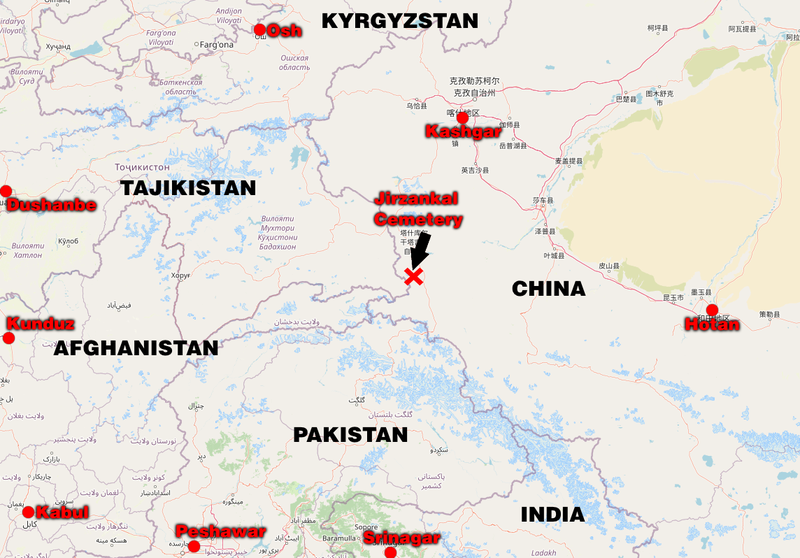
Chemical Composition:
Cannabis contains over 100 different cannabinoids, as well as a variety of terpenes and flavonoids that contribute to its characteristic aroma and flavor. THC is the primary psychoactive compound in pot and acts on cannabinoid receptors in the brain, producing feelings of euphoria, muscle relaxation, and alterations in time and space perception. On the other hand, CBD has anti-inflammatory, analgesic, anxiolytic, and antipsychotic properties, among others.
Effects on the Body and Mind:
The effects of cannabis on the body and mind can vary depending on the strain, dosage, method of consumption, and individual tolerance. Immediate effects of weed consumption include euphoria, muscle relaxation, increased appetite, and altered sensory perception. However, it can also cause unwanted side effects such as anxiety, paranoia, dry mouth, and tachycardia. Long-term regular pot consumption can affect memory, cognition, and lung function.
Medicinal Applications:
Cannabis has been used for medicinal purposes for centuries to treat a variety of conditions, including chronic pain, inflammation, epilepsy, post-traumatic stress disorder (PTSD), glaucoma, and chemotherapy-related nausea. Cannabinoids like CBD have shown promising therapeutic properties in numerous scientific studies, leading to the legalization of medicinal marijuana in many countries.
Recreational and Cultural Uses:
In addition to its medicinal applications, marijuana has also been used for recreational and cultural purposes in various societies throughout history. From religious ceremonies to social gatherings, cannabis has played an important role in many cultures as a form of relaxation, creative inspiration, and spiritual connection. However, its recreational use has also been subject to stigma and prohibition in many parts of the world.
Preparation and Types of Consumption:
The terms cannabis and marijuana typically refer to the dried flowers, lower leaves, and stems of female plants. This is the most common form of consumption, with a THC content ranging from 3% to 22%. On the other hand, weed varieties used for industrial hemp production contain less than 1% THC and are therefore not considered suitable for recreational use.
The parts of the plant containing the most significant amounts of THC are the flowers and fruits, as well as the leaves near the flowers. Male leaves have lower THC content than female plants and are therefore less in demand. Additionally, both central and side stems can be used for oil production.
Marijuana is usually transported illegally in the form of dried leaves and flowers of the pot plant and sometimes compressed into tablets.
There are various byproducts, such as kief, a trichome-rich powder that can be obtained by sifting leaves and flowers of the plant. Kief is consumed either in powder form or compressed to prepare hashish cakes.
Hashish:
Hashish, on the other hand, is a concentrated resin produced from the flowers of the female plant. It is commonly more potent than marijuana and varies in color, from black to golden, depending on its purity. Rosin hash is a high-purity and quality product obtained without the use of solvents, by applying heat and pressure to weed flowers.
The southern and eastern Mediterranean regions, as well as southwest Asia, are the main hashish-producing regions. It can also be obtained using extraction methods such as “pollinators,” which involve the use of a machine similar to a dryer, where dried and frozen cannabis leaves are placed to produce a fine powder that is up to eight times more concentrated in THC than the initial amount.
Hash Oil:
Liquid cannabis, or hash oil, can be obtained from marijuana herb or resin and aims to extract psychoactive compounds such as THC. This process is carried out in a container with a solvent such as ethanol, methanol, or acetone, and is agitated until the substance is completely extracted. Subsequently, the solvent is evaporated to obtain the desired oil, which has a dark brown or dark green color and a thick consistency similar to paste.
Cannabis essential oil is produced by steam distillation of freshly cut cannabis plants. This oil has a clear and subtly yellow color and does not contain THC, but it does emit the characteristic aroma of cannabis.
Marijuana Seeds:
Cannabis sativa, Cannabis indica are an important source of Omega 3, and their oil is light yellow in color. The seeds contain a large amount of oil, ranging from 29% to 34%, making marijuana seed oil a high-quality nutrient. However, their disadvantage is that they can acquire a rancid flavor if not stored in a cool, dark place.
Oil can be extracted from hemp seeds, which contain around 30% oil. Extractions can be performed with solvents such as ethyl or ethanol alcohol, preferably in cold processes to preserve quality. Other solvents such as butane, isopropyl alcohol, or hexane can also be used for oil extractions.





